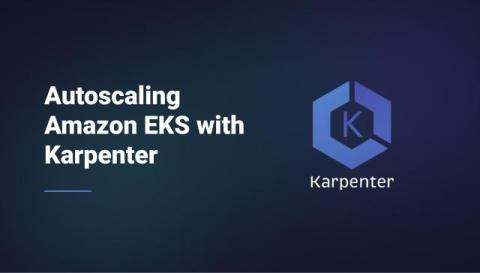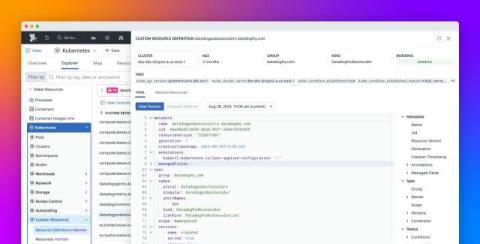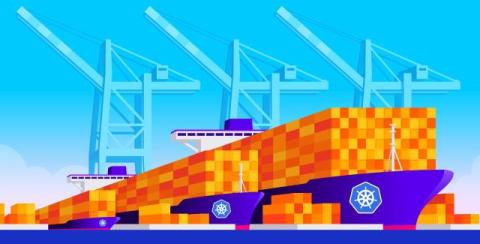Why Civo joined the Open Cloud Coalition
At Civo, we’ve always believed that the cloud industry should be fair, open, and accessible to companies of all sizes - not just the select few with deep pockets and large platforms. When the Open Cloud Coalition (OCC) was first proposed, we immediately saw it as an opportunity to cut through the noise and amplify the important voices of the cloud industry.











